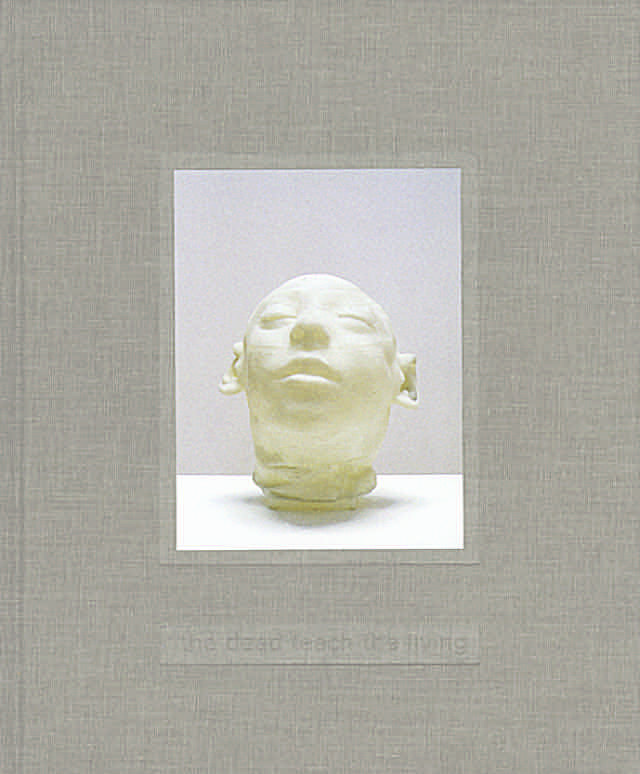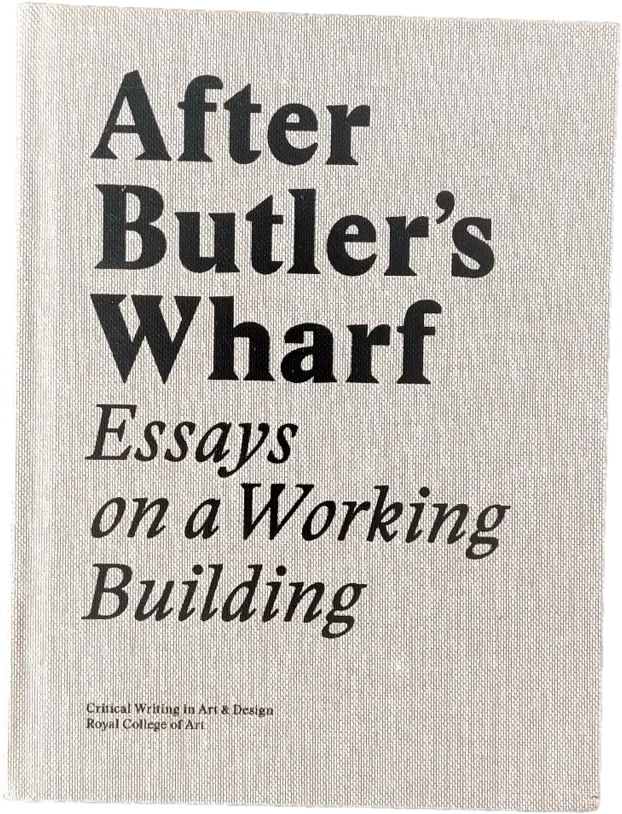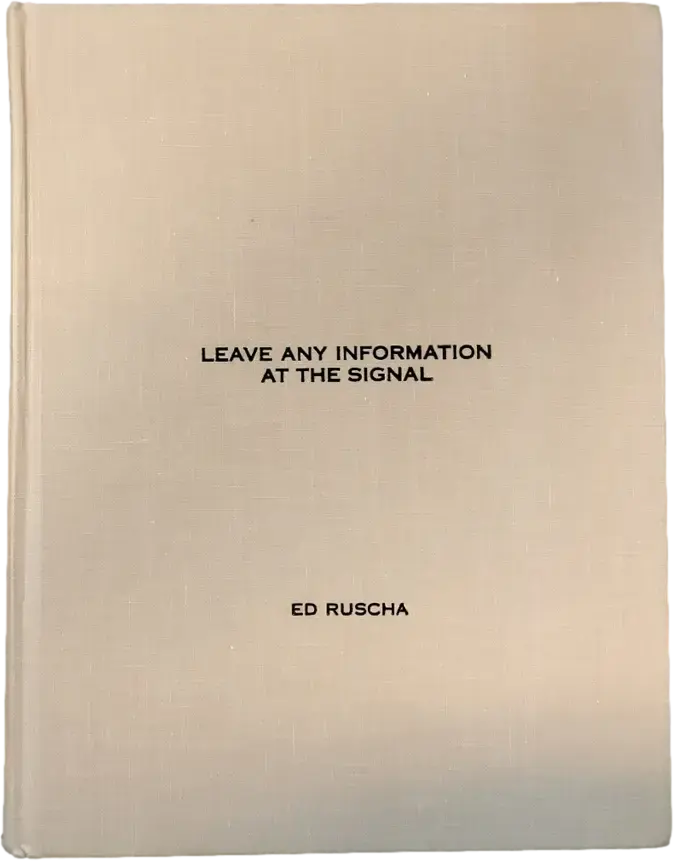Christine Borland "Christine Borland"
de Appel, Nieuwe Spiegelstraat 10, Amsterdam
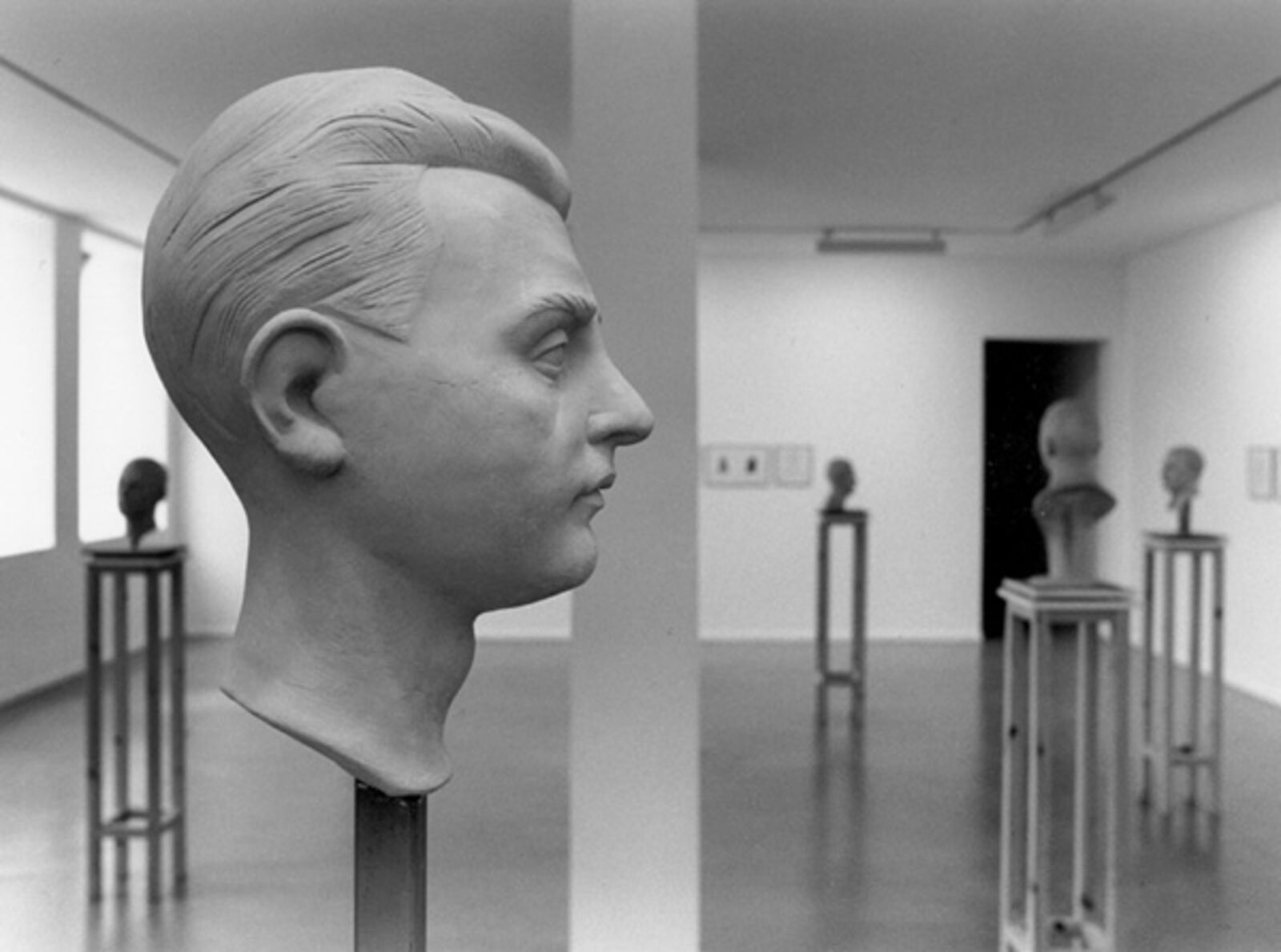
© T & R Henderson, Amsterdam
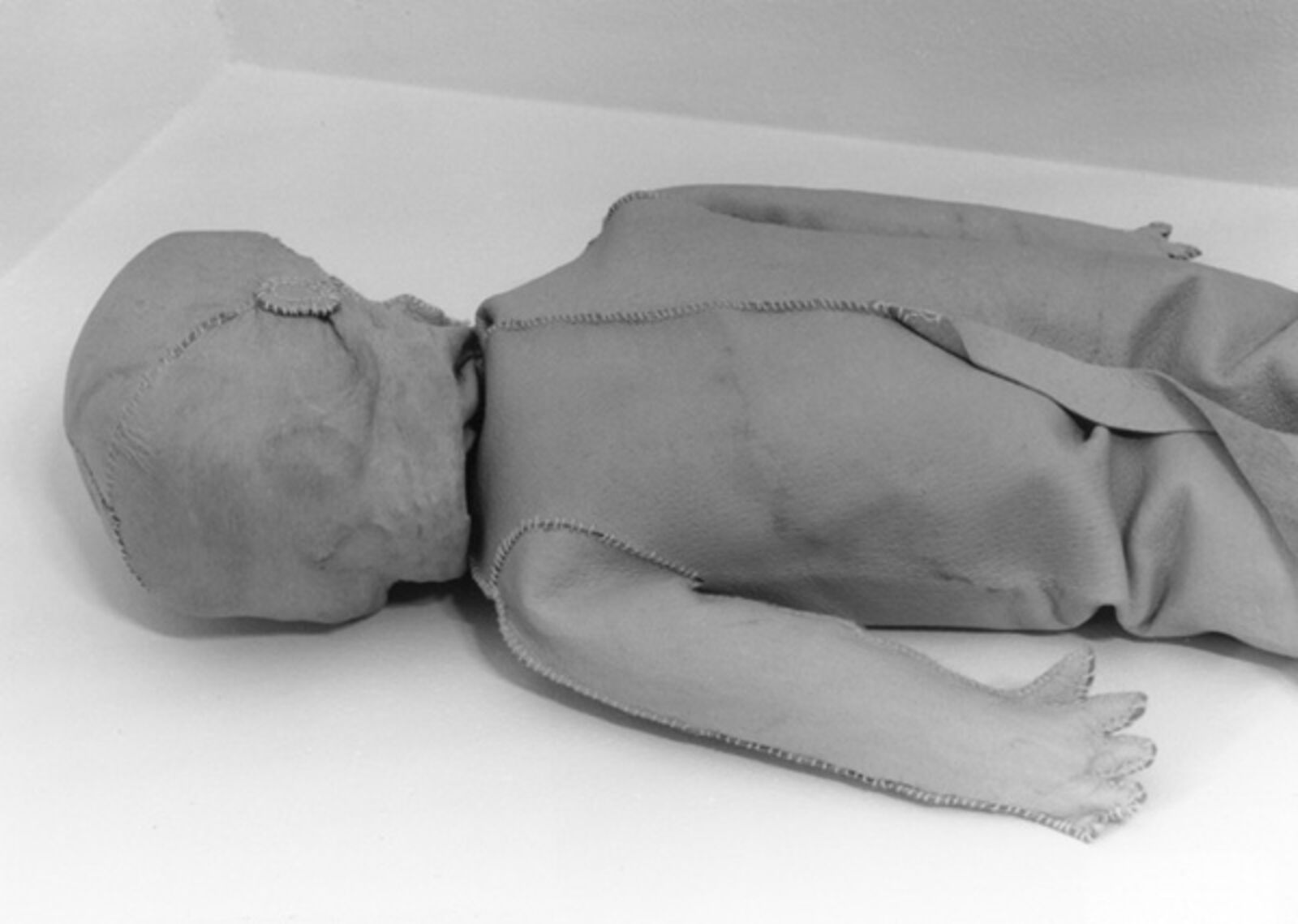
© T & R Henderson, Amsterdam

© Chiel van der Heyden, Putten
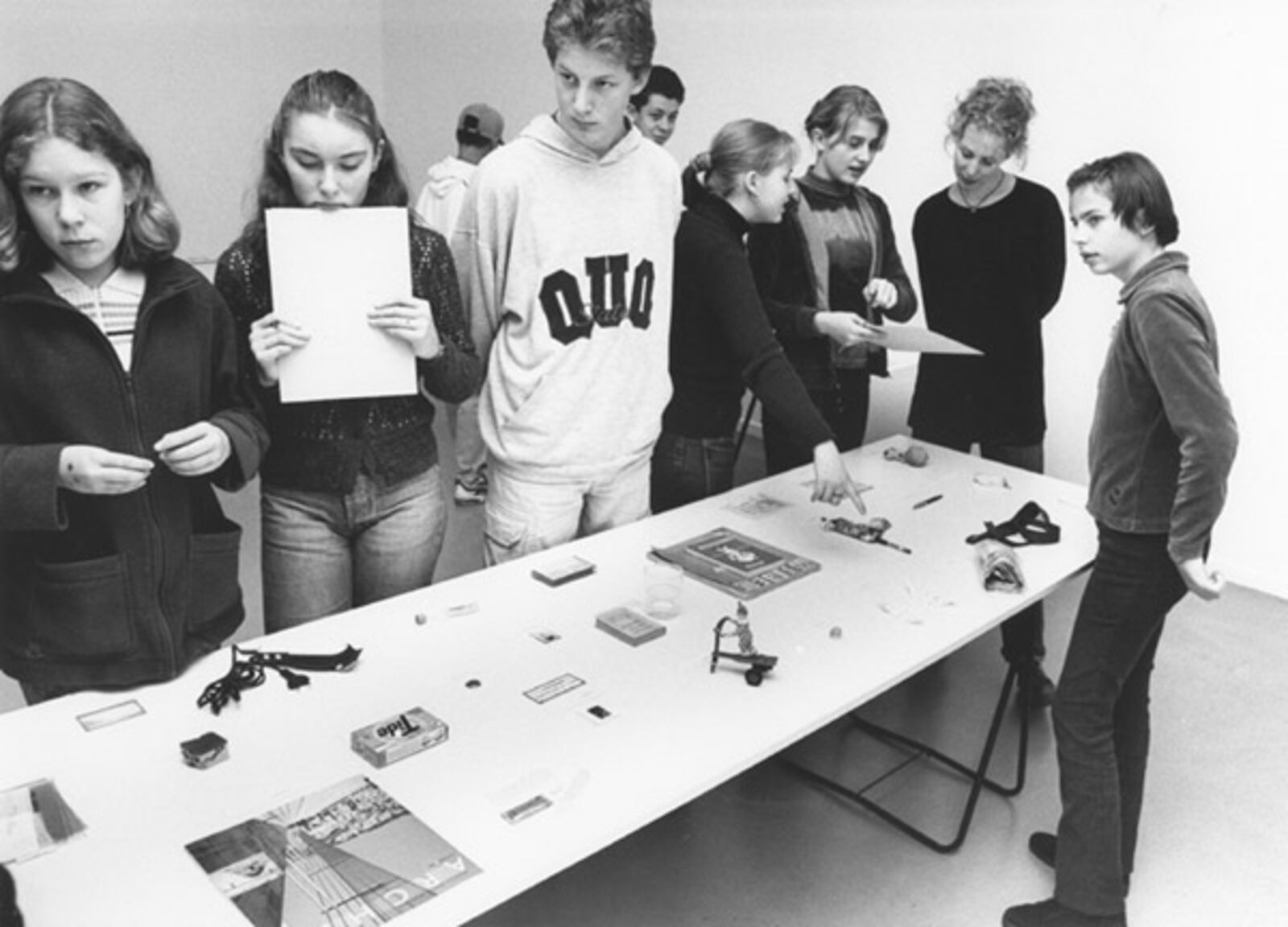
© Chiel van der Heyden, Putten
‘The special exhibition Christine Borland at De Appel presents an overview of works of Borland since 1990. An important aspect of Borland's oeuvre is the context created by contemporary science and history. Much like an archaeologist, she goes in search of the idea or story that lies behind a particular object. How do we gather information, and how do we go about classifying it? What is the significance of an object or a body within a given environment? One example is the work Small Objects That Save Lives, which was composed especially for De Appel. In it a number of people were approached by Christine Borland and asked to send their idea of a 'saving' object. The objects, along with the names of the people who sent them in, are displayed on tables like personal fetishes. Weakness, Disaster, Old Age and Other Misfortunes (1991-1998) shows what remains of a set of crockery after having been fired on by several different pistols. The work reveals not the aggressiveness and violence of the act itself but the subsequent resonance - the silence of the shards arranged in space. Fiction and facts are altered in the creation of visual installations that exude both poetry and the coldness of events. For the work From Life (1994-1996), Borland set in motion a series of police and judicial investigations to ascertain the identity of a human skeleton she had ordered from a mail-order firm. In the resulting exhibition the viewer becomes an active part of the investigation. In another room on glass plates the imprints of two skeletons can be discerned, one large and one small. In The Giant and the Dwarf (1998) the theme once again is the human skeleton - or rather the absence of one. The work refers to the giant Daniel Cajanus and the dwarf Simon Jane Pape, who both lived in Amsterdam at the end of the 18th century. Outlined in powder, their bodies seem to have turned to dust while their stories live on. Violence, life and death, the human anatomy and its context are recurrent themes in Borland's work. "The heart of what I am trying to discuss is very dark, very strong and passionate, and if you can reach that through quite a rational process I think it becomes more powerful and, importantly, more personal to the viewer." (Christine Borland in: Tate Gallery, The Turner Prize, 1997)’ (Invitation text De Appel) Catalogue: Christine Borland. The Dead teach the Living, 2001. Migros Museum für Gegenwartskunst, Zürich, De Appel, Fundaçao de Serralves, Porto. Text: Ian Hunt & Francis McKee. English. List of works and biography incl. 20.5 x 17 cm. 108 pp. f.c. Design: Christine Borland & Frank Hyde-Antwi. Hardcover. ISBN 3 9070604 11 9. € 32,-.

